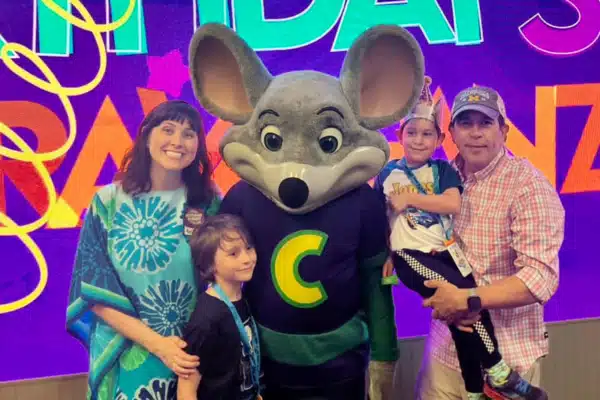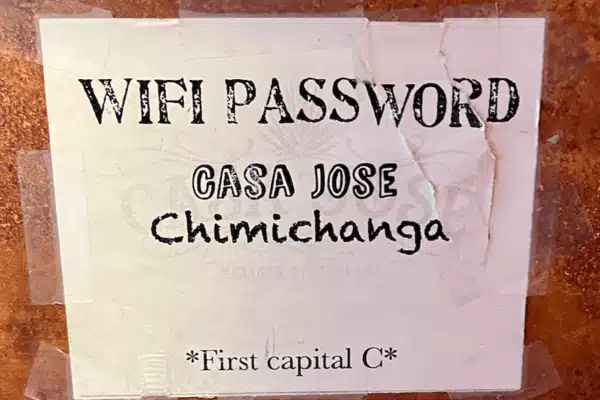
Eliminate Inconveniences For Your Customers With These 5 Tips
When it comes to creating an exceptional customer experience, businesses often focus on the big gestures – impressive loyalty programs, flashy gifts, and over-the-top service at one or two big moments. While these things are important, there’s an often overlooked component that can make a massive difference. Now more than ever, it’s critical to eliminate inconveniences for your customers. Have you ever chosen one business over another simply because the first place allowed you to make an online appointment, and the other required a phone call? I know I have. More times than I can count. And, these days, if a site isn’t mobile optimized for me to complete a task in three screens or less, there’s a good chance I’m out. If I’m trying a new product, I’m likely ordering from Amazon because I know the return process is beyond simple. I don’t need a box or a label, and I’ll get my money back as soon as that barcode is scanned at UPS. Printing return slips, taping up boxes, or maybe even (gasp!) paying for returns? Ain’t nobody got time for that. According to Klarna, 62% of shoppers won’t buy from a retailer that doesn’t offer free returns. Moreover, 84% of shoppers won’t buy from the same retailer again after a poor returns experience If you can make your customers think, “Wow, that was really easy!”, you’ll be well on your way to retaining them, and eventually turning them into superfans. On the other hand, unintentionally creating frustrating moments for your customers could be seriously eating at your bottom line. Customers decide that finding a different solution would be faster — or less frustrating — than dealing with your subpar process again. My Inconvenient Experience As A Customer Last month, I had a full week at home without any traveling for keynotes, which is pretty rare. I had the week marked on my calendar to knock out my annual medical check-ups. And, because I recently turned 40, a new annual exam (mammogram) was on the list. A medical hat trick, if you will. Because all three appointments were with the same medical group — and all of them scheduled months in advance — I expected the pre-visit experience to be pretty seamless. Nope! Receiving the text and email reminders for each visit in triplicate reminded me of those old-school carbon copy forms. It was annoying, but I thought, “Okay, I get it. It’s three visits. Once I knock out all the medical history stuff for the first visit, it will auto-populate for the next two.” Wrong again! I spent nearly 25 minutes filling out patient history forms in an online records portal. Why? Because the questionnaire for all three appointments WAS IDENTICAL! As I answered the background questions for the first appointment I thought, “This is annoying. I’ve been going to the same doctor for years. My history hasn’t changed.” But, I slogged through page after page of questions. A few minutes later, when I clicked into the second appointment page, I found the EXACT SAME series of questions waiting for me. And then again a third time! Isn’t there a holistic view of my medical records shared among my doctors? Wouldn’t that be the benefit of choosing three providers in the same hospital system? 🤔 Am I responsible for retaining and relaying all of the medical jargon from doctor A to doctor B? Not only is this a frustrating experience, but it makes me question the medical system’s competence in other areas. If they can’t even get the intake forms right, can they be trusted with things like bloodwork and medical tests? Something as (seemingly!) simple as intake forms tainted my experience and made me second-guess every other part of the organization. And if you’re not careful, the same thing could happen in your business. When you eliminate inconveniences along your customer journey, it will boost your retention and reputation. So, how do you do it? Eliminate Inconveniences For Your Customers There are countless touchpoints in any customer journey, so identifying areas of improvement across the board can feel overwhelming. Here are five quick things to audit to reduce friction and eliminate inconveniences for your customers: Speed up your sign-up process Every quarter, audit your onboarding or check-out process for customers. How many steps does it take? How many minutes? Is there anything you can eliminate to cut down on time by 30 seconds, or ask 2 fewer questions? Every click counts. Pro tip: offering the “sign up with your Google account” option will instantly reduce effort for your customers. Update your contact information There’s nothing worse than showing up to a business that says it’s open on Google, only to find that no one is there. Talk about wasting your customers’ time! Ensure your contact details are consistently displayed across all platforms so that you aren’t frustrating your prospects and customers with inaccurate listings. Set a reminder in your calendar to audit this information at least quarterly on your site, your socials, and search engines. Over-communicate Be super clear about your timelines, processes, and fees upfront so that prospects know what to expect before they decide to work with you. When your customers are prepared for a longer turnaround time or added charges, they will feel less blindsided. Audit your follow-up strategy Are you constantly reaching out to customers to try to upsell them or upgrade their accounts? When are you asking for feedback, and how many times are you asking? If these touchpoints are not timed properly (or if you’re reaching out every other day!), you’re going to annoy your customers real quick. Ensure they’ve had enough time to use your product or service before asking them to make another purchase or leave a review. Be flexible Your customers want to know that they matter as much to you as you do to them. One of the most infuriating sentences to hear from a customer service associate is “That’s our company policy, and there’s
Eliminate Inconveniences For Your Customers With These 5 Tips Read More »









